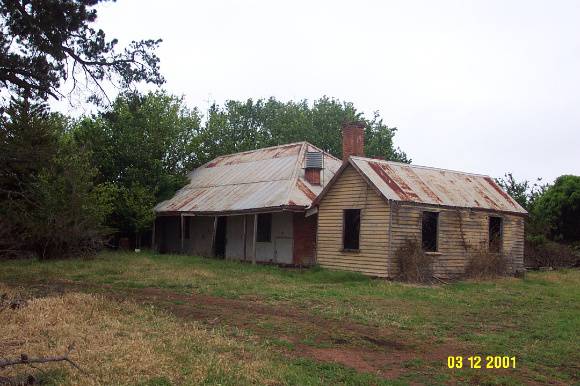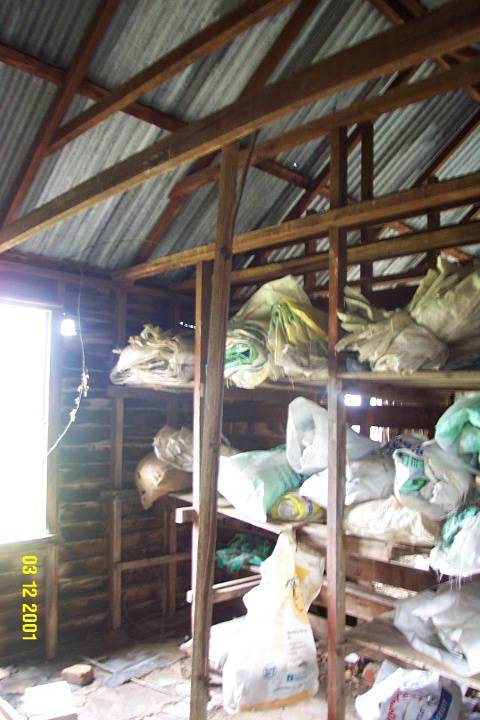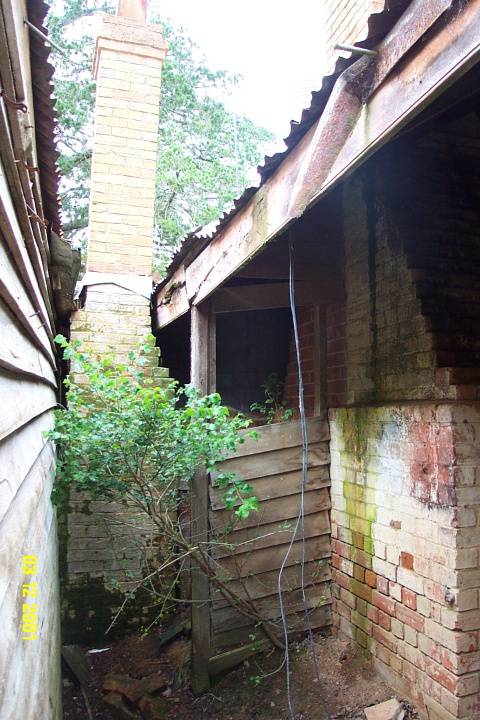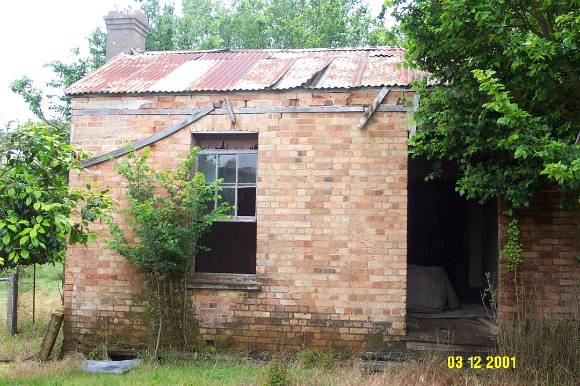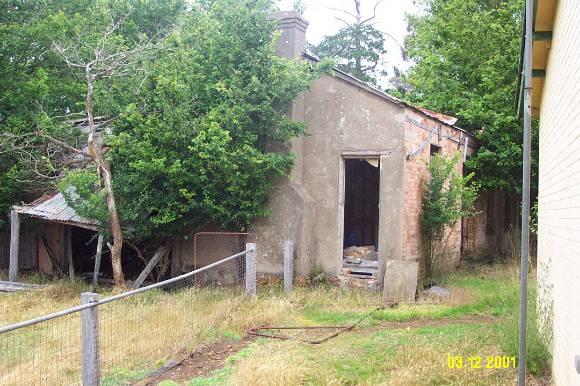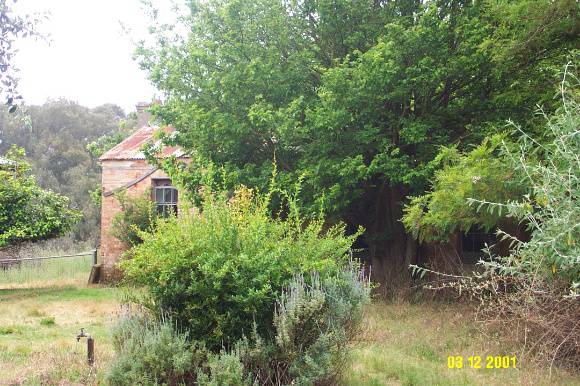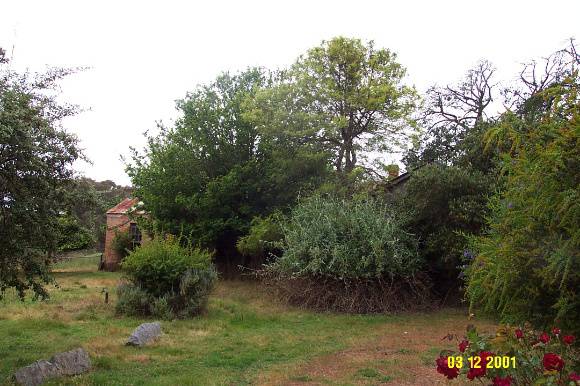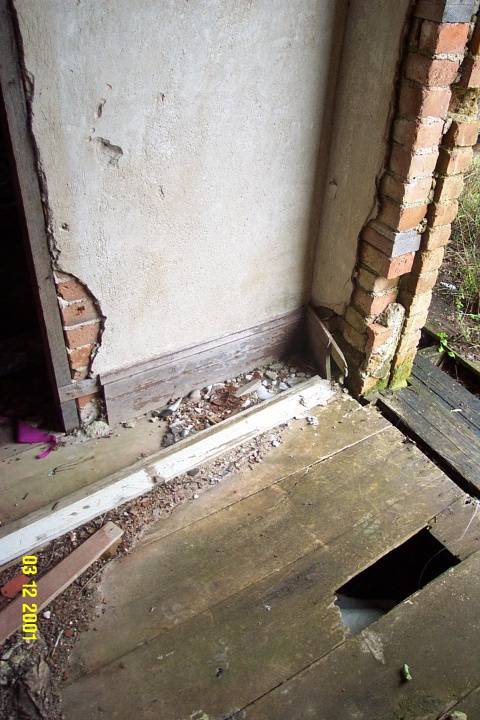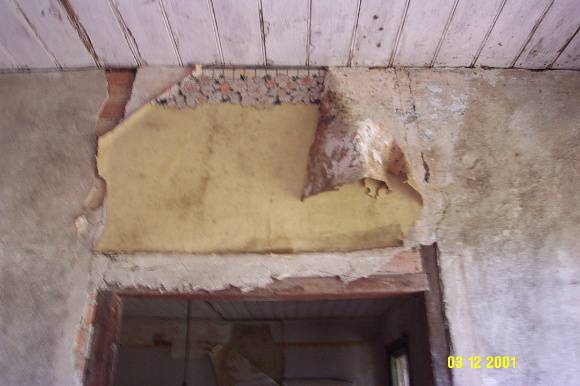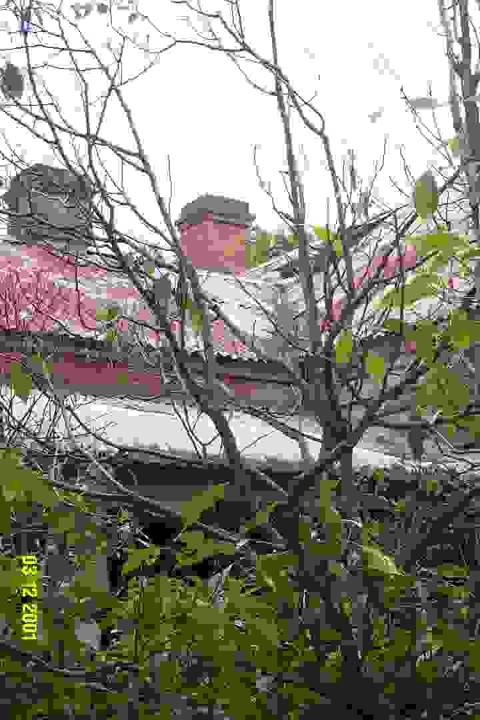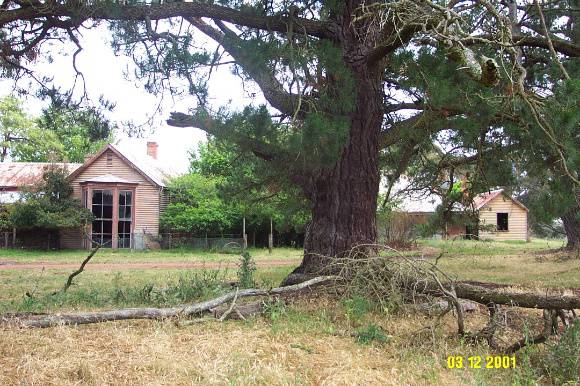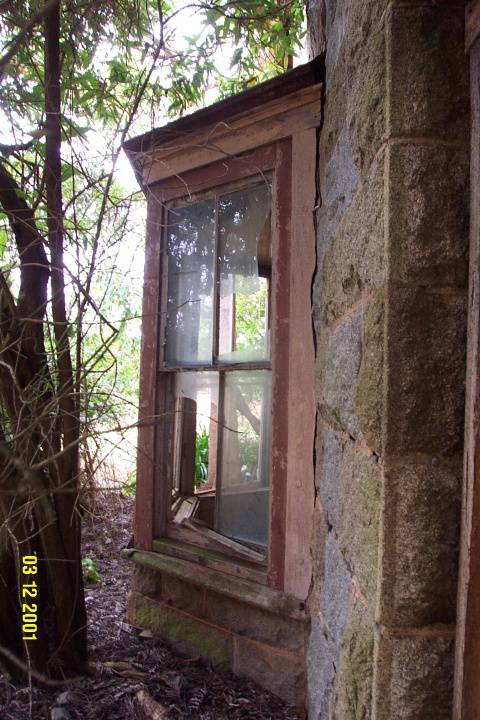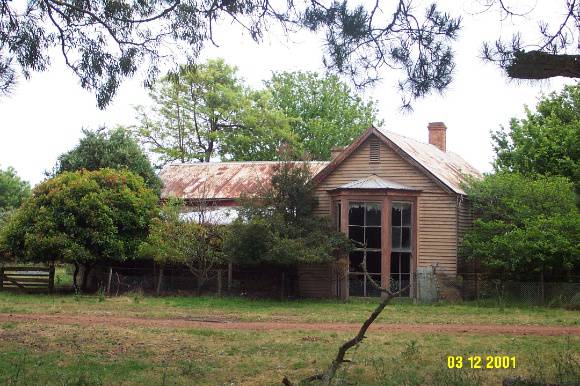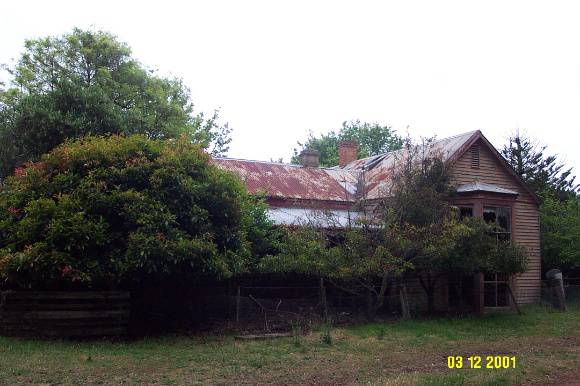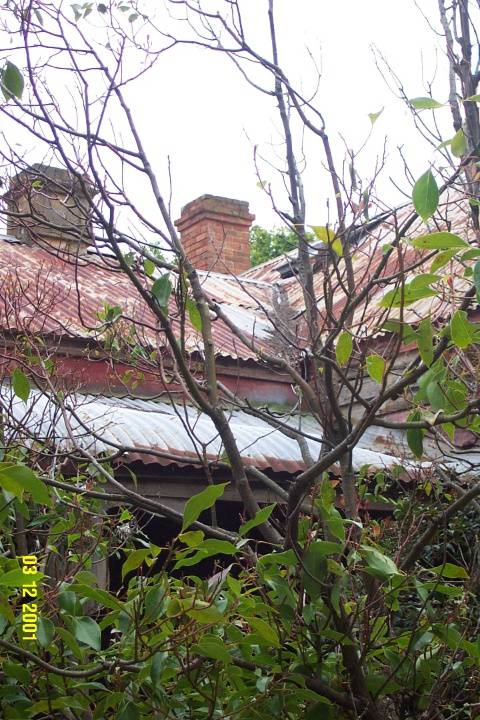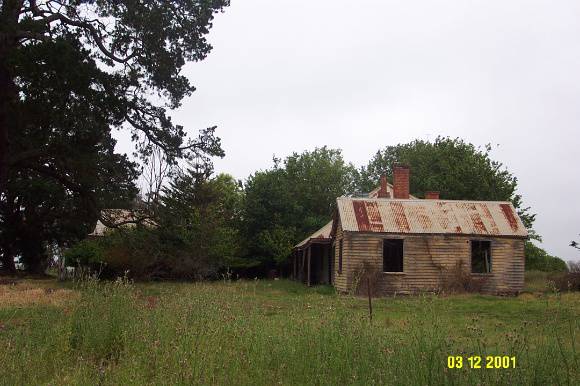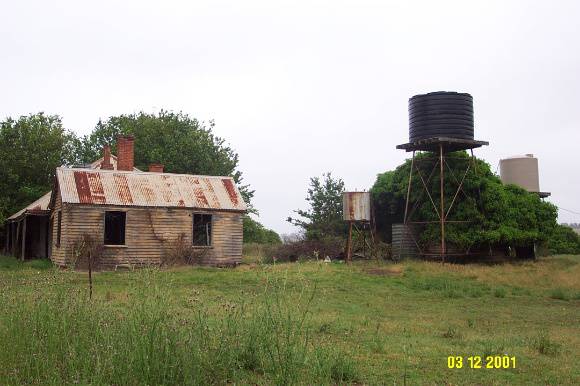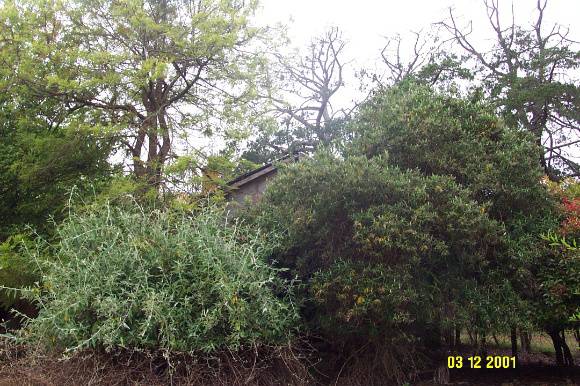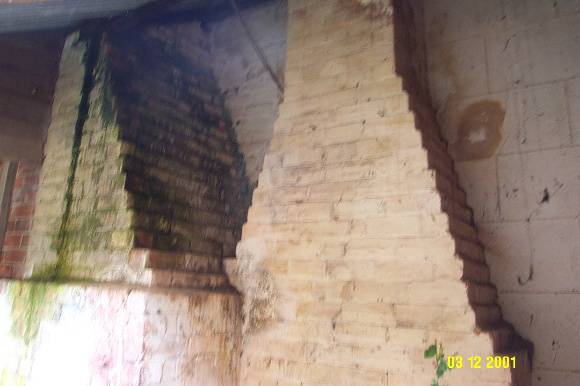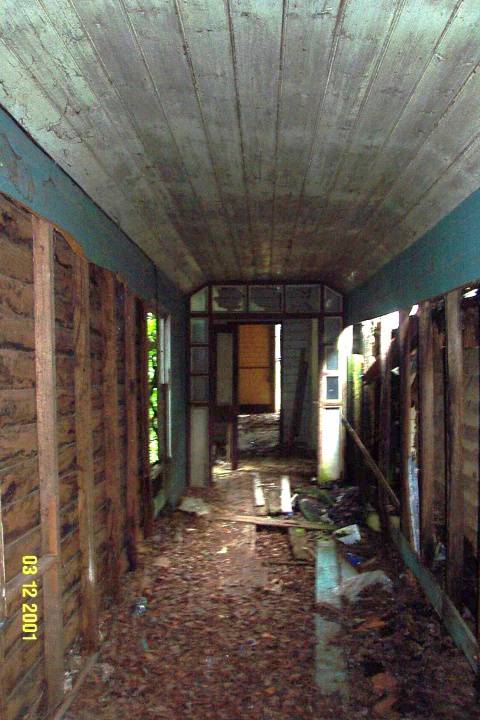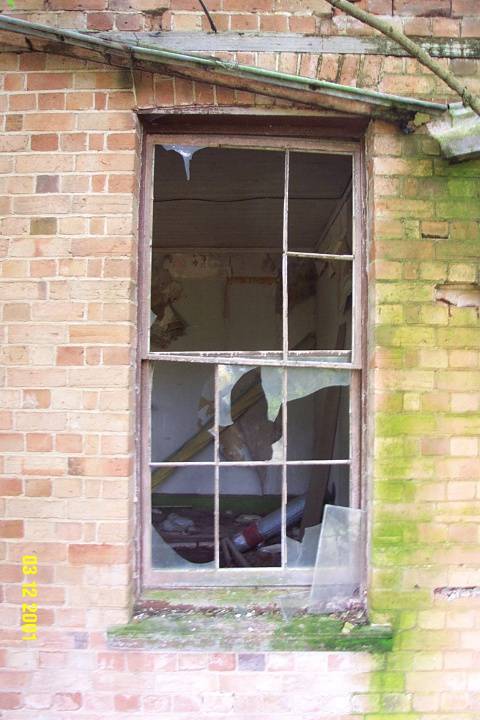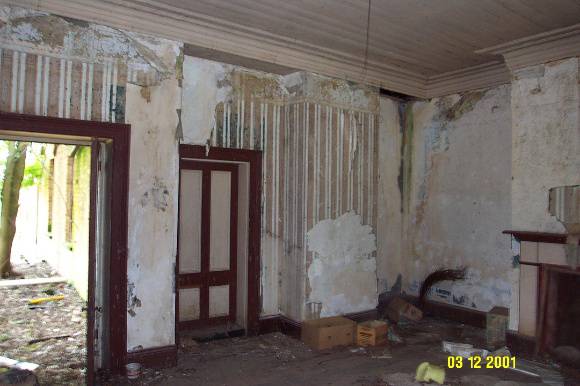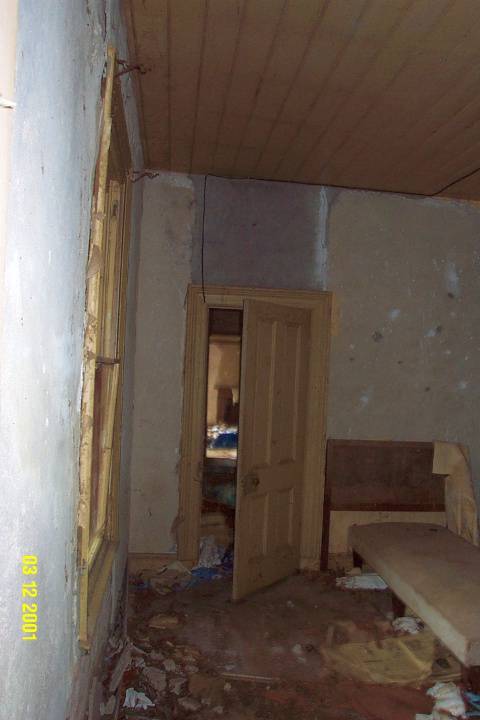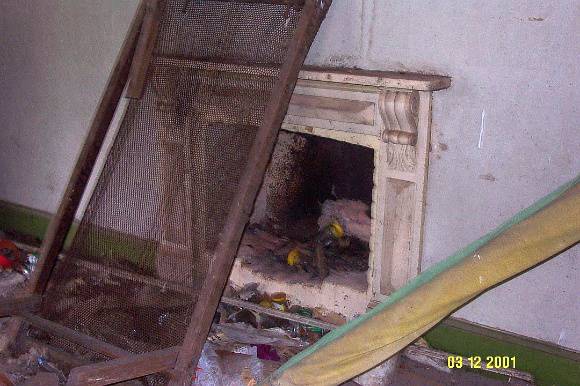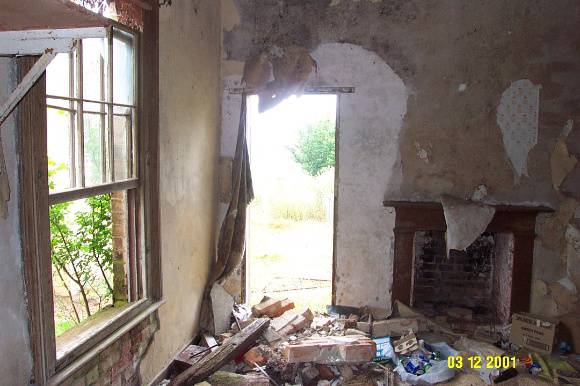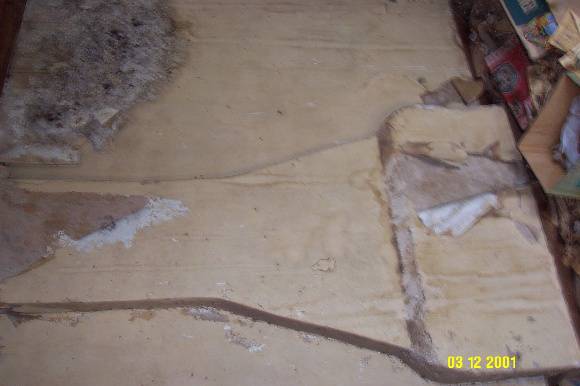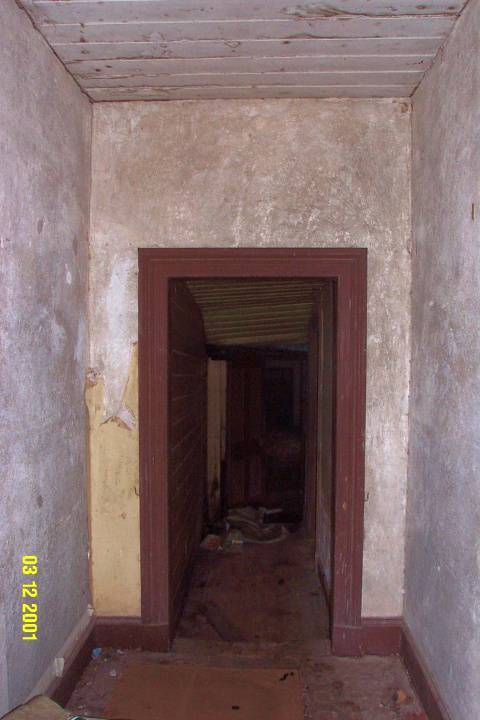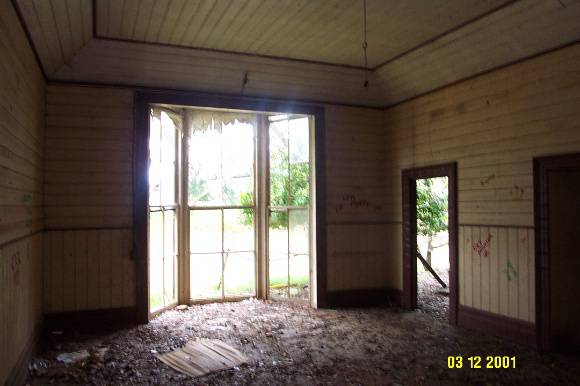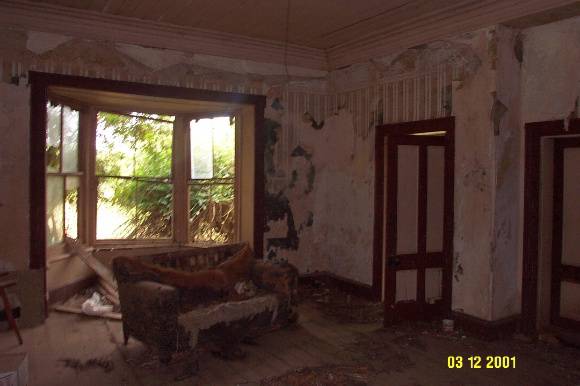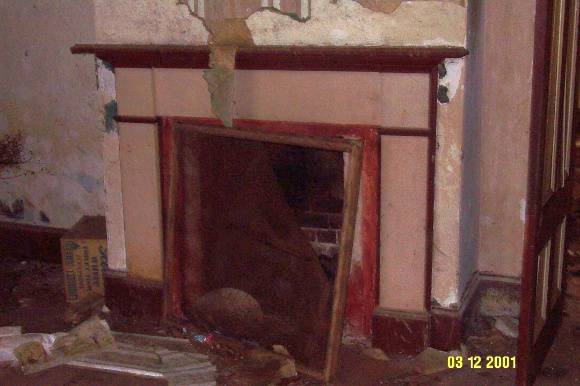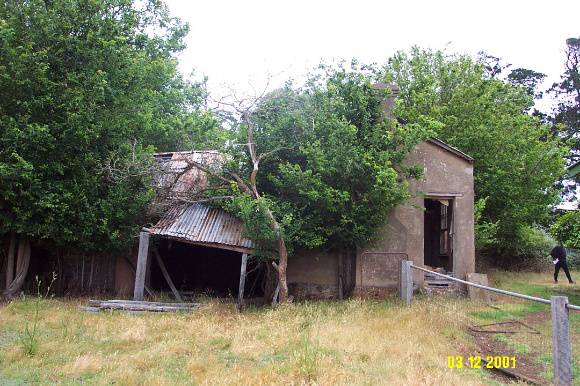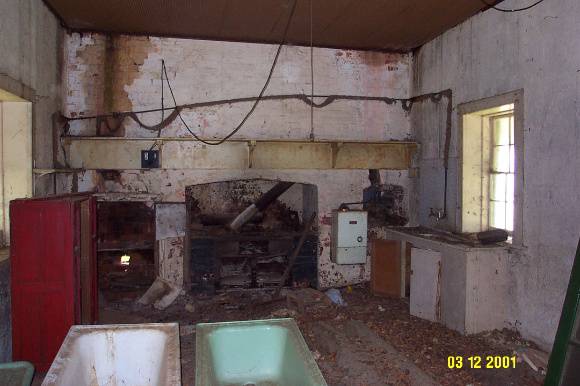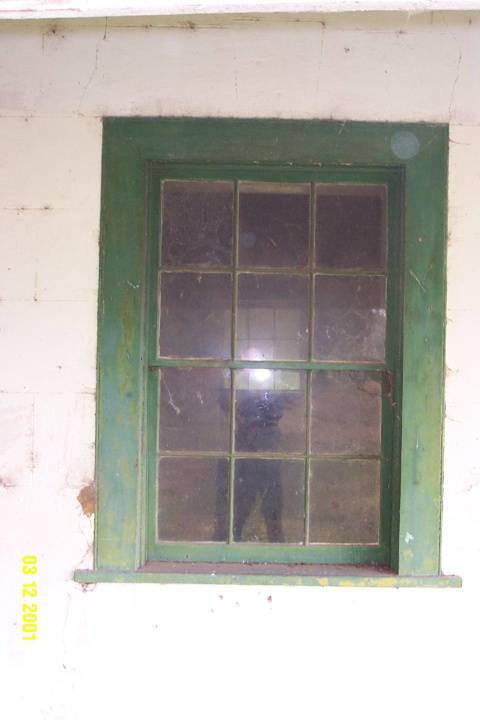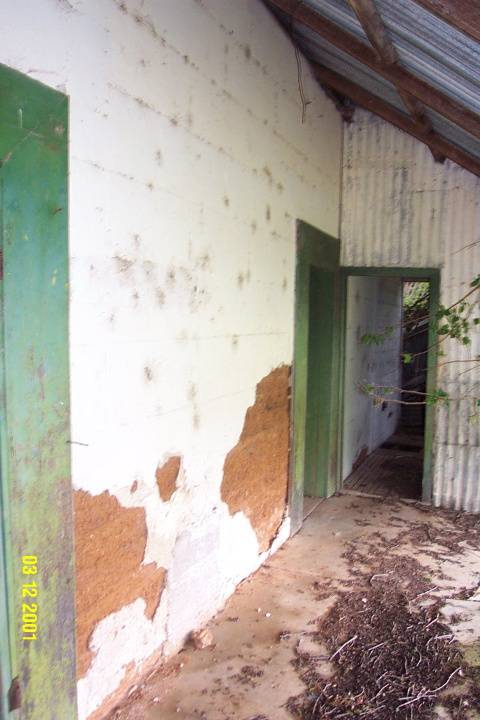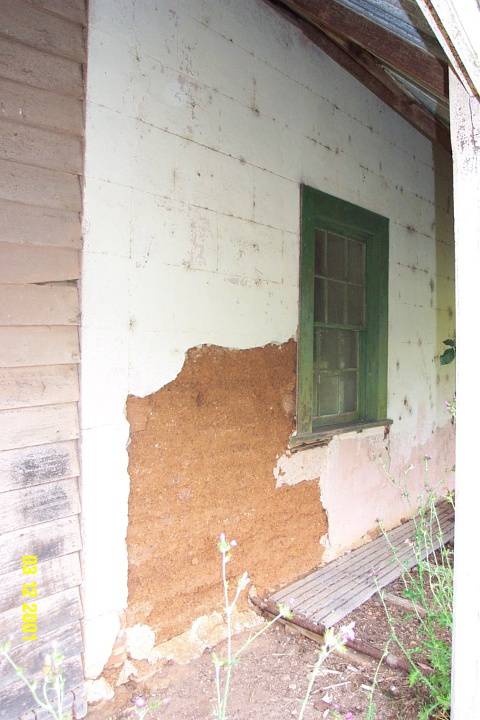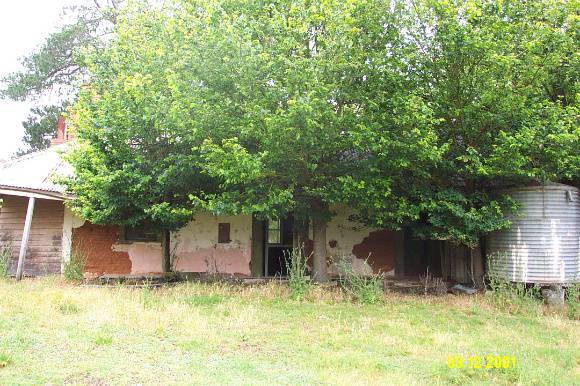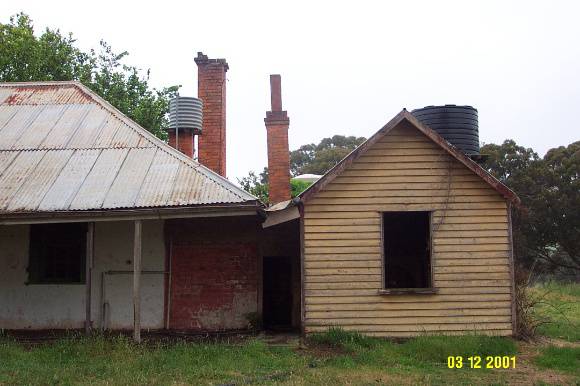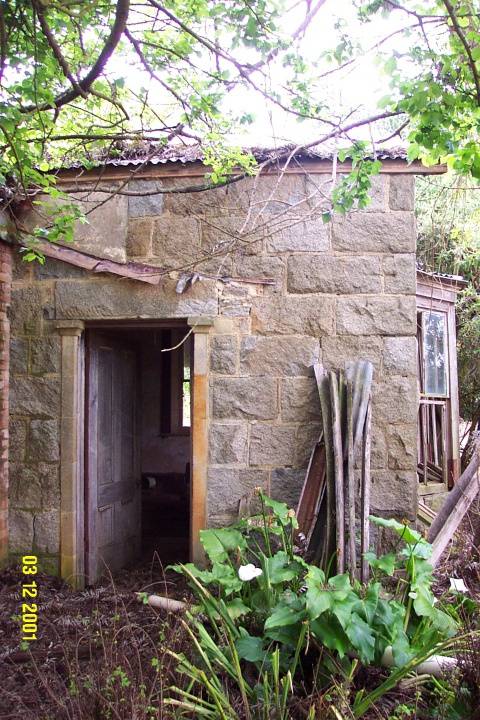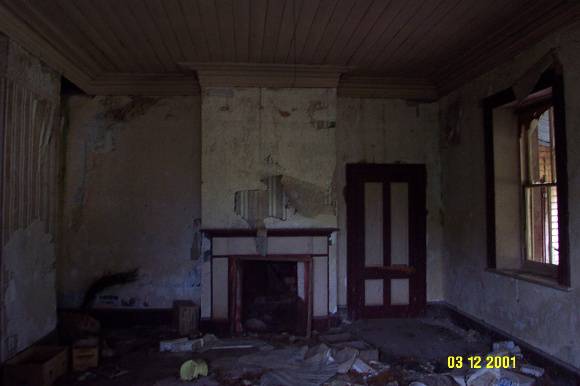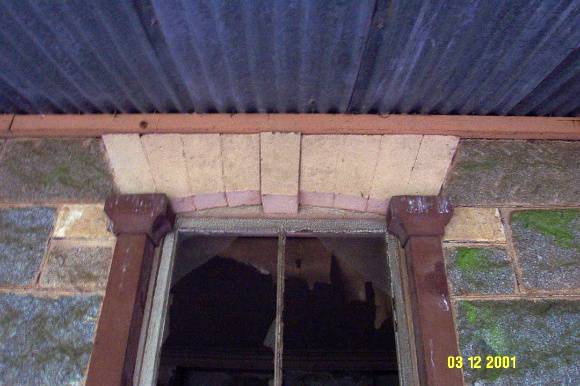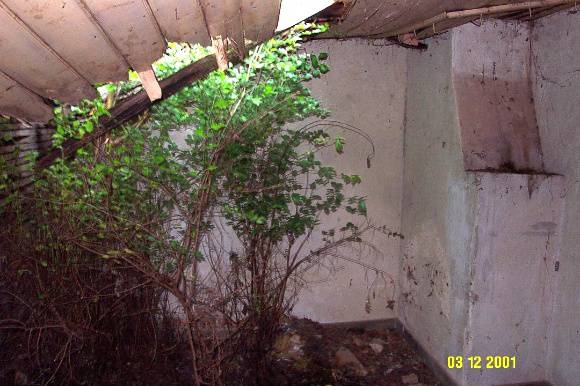| Back to search results » | Back to search page » |
|
SPRING VALE
Statement of Significance
What is significant?
The former Spring Vale homestead, located in Hillview Road, Coojar and overlooking Mather's Creek is a substantial complex developed in many distinct stages using a remarkable variety of different building materials and methods. The earliest section, dating from at least the mid-1840s, is a small two-roomed vertical slab hut, possibly built as an outstation to the Gringegalgona run or as the first dwelling of Spring Vale run. Subsequent stages include: a large pise section built and always used as the kitchen, also probably from the 1840s; a range of brick rooms probably from the 1850s, a granite drawing room with rare 'manufactured' stone details, a weatherboard dining room and timber galleries linking all built after 1872. At the northern end of the pise section there is a detached weatherboard building dating from the early twentieth century which was built for and used as the Coojar post office and telegraph station. There have been many important occupants and owners of Spring Vale including: the first, John Campbell, formerly the overseer at Gringegalgona; John McConochie; Donald Swan; Edward Byam Wight Junior, the longest occupant and owner; and the partnership of Broughton, Moffat and Edkins when it was managed by David and Charles Botterill. These men and their families were influential within and well beyond the district, each leaving their mark as a stage in the sequential development of Spring Vale. The house remains substantially intact although parts are in a ruinous condition. The original coach house and stables have since been demolished and very little survives of the once substantial garden. The woolshed was replaced after a fire.
How is it significant?
The former Spring Vale homestead complex is of historical, social and architectural significance to the state of Victoria and to the Southern Grampians Shire.
Why is it significant?
The former Spring Vale homestead complex is of historical significance for demonstrating a remarkable sequential development, one of the clearest in the state, and for reflecting the major phases of pastoralism from its squatting origins, through the land selection period and beyond.
It is of social significance as a focus for the interconnection of the squatting runs and the important and influential extended families which developed them across the Western and Wimmera Districts and its further links with the metropolis of Melbourne.
It is of architectural significance for demonstrating a wide range of building methods and materials, some very rare, each reflecting the capacity and situation of the owner and occupant.
Group
Farming and Grazing
Category
Homestead Complex


